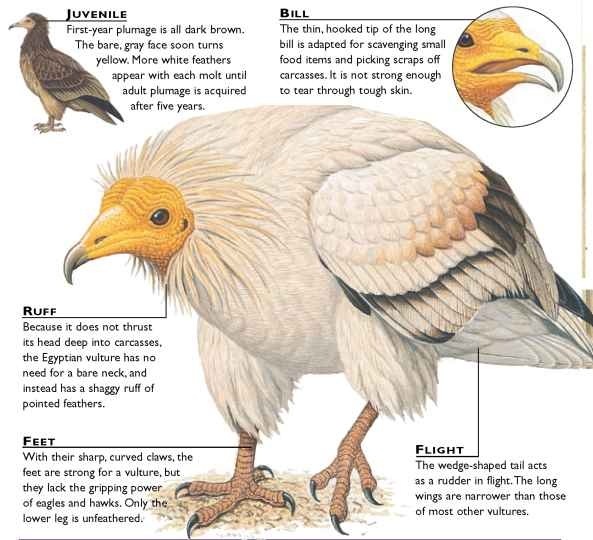One feature of the movements of this vulture has been that from time to time it moves from one area of concentration to another. This was seen in other birds we tracked, too (See earlier blog posts). It is not clear why this happens because many of the locations from which they move have a super-abundance food in the form of large municipal landfills. One possibility is that this scavenger also keeps tabs on the food resources within its range, and so visits different landfills to confirm that food is still there. Knowledge of the distribution of food resources within the vulture's home range may be important to the vulture's survival when food availability declines. It should be noted that in Oman and many other countries, increased urbanisation, changing waste management practices and increased amounts of food waste are probbly making food availability more reliable for vultures. So, although this behaviour of checking on food resources may be the result of evolution within an environment of unreliable food, today in Oman it may not be so important to survival. Much could be learned about this by tracking more vultures in Oman and working with MECA and Be'ah to understand how vultures move between and use rubbish dump sites. Such information would be useful when trying to conserve Egyptian vultures, particularly in places where it is seriously declining (which means almost everywhere else).
The map below shows that on 16 October our vulture left Tahwa landfill (south of Sur) and flew almost directly at about 50 km/hr to the Al Amerat landfill (south of Muscat).
The map below shows that on 16 October our vulture left Tahwa landfill (south of Sur) and flew almost directly at about 50 km/hr to the Al Amerat landfill (south of Muscat).
 |
| Movements of satellite tracked vulture during 16 October 2016. |

